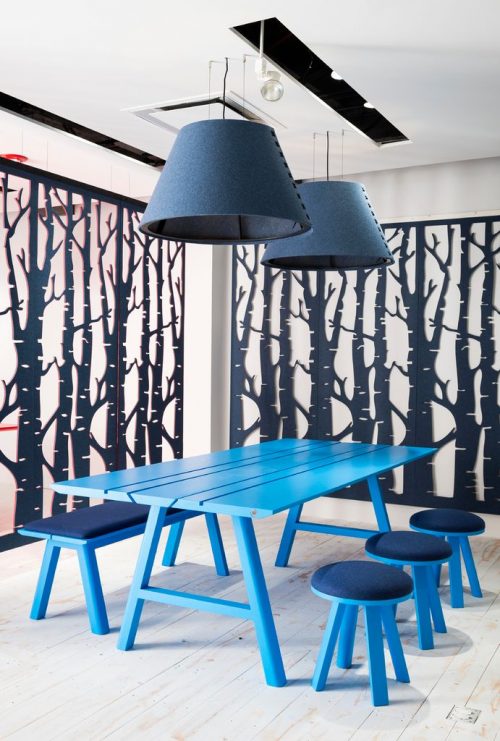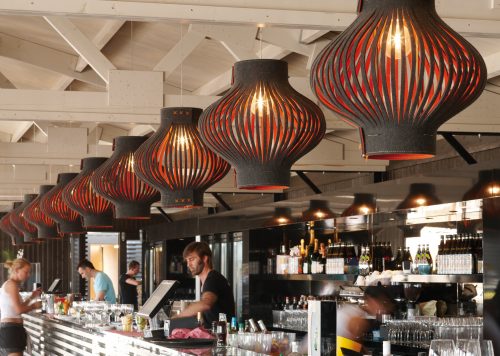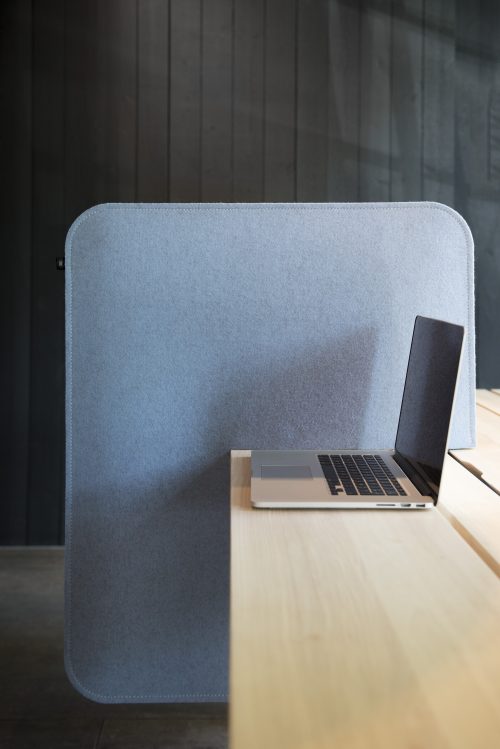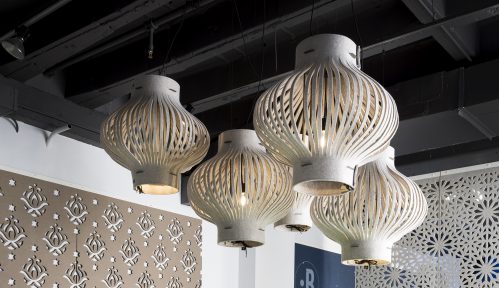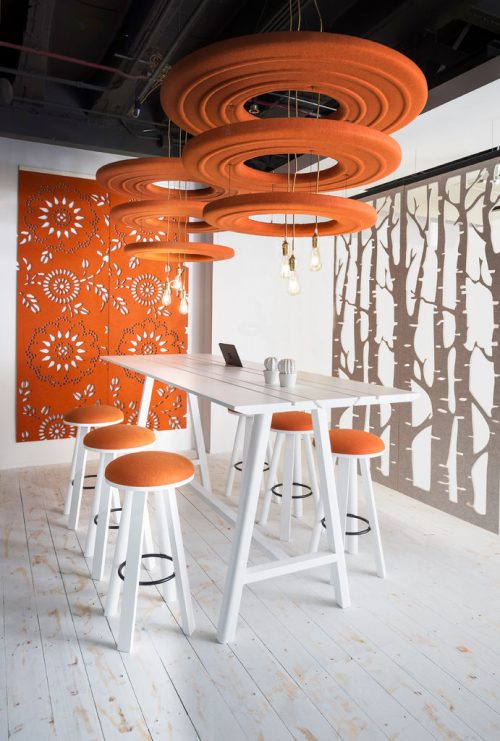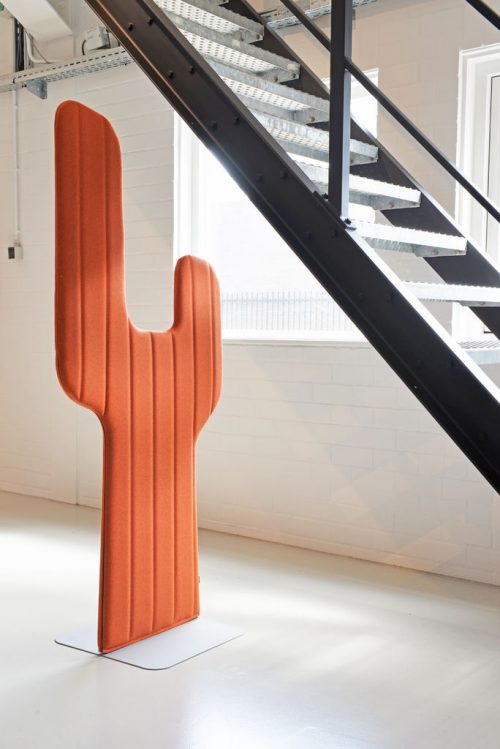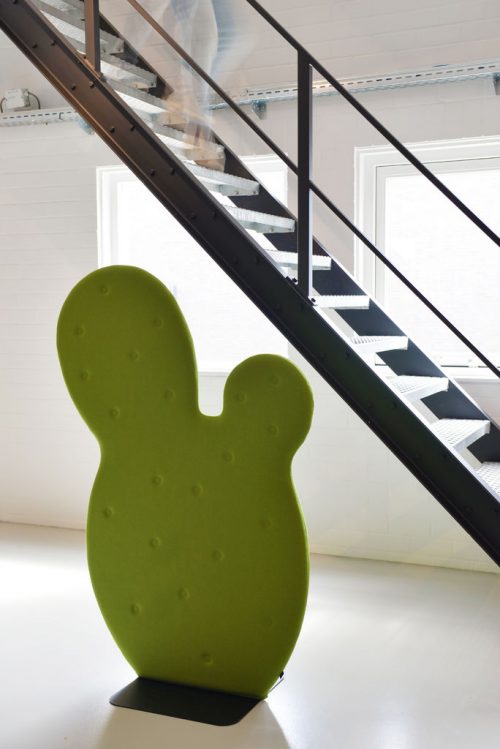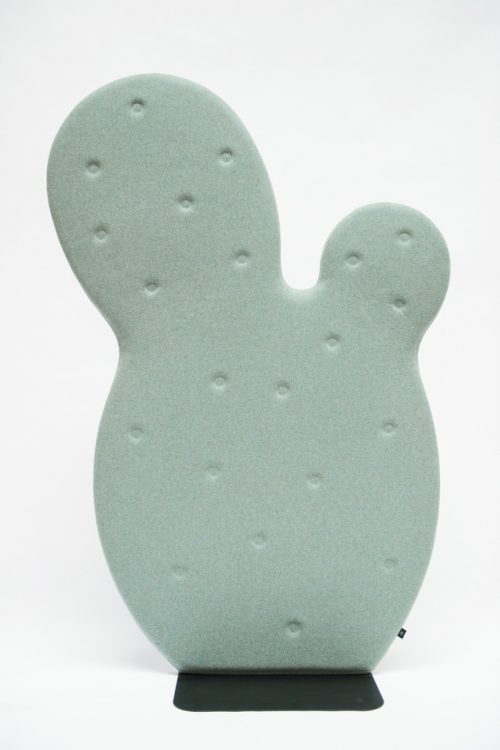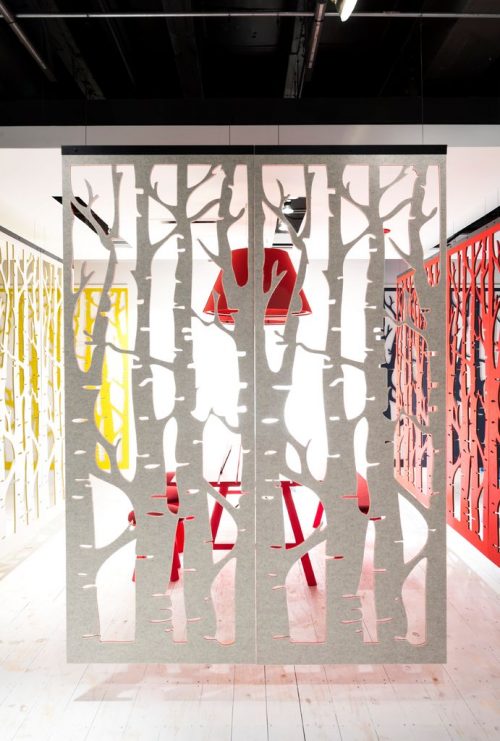Offices made a sudden and fast switch from high-panel “Dilbert” cubicles and private offices to open-floorplans comprising of bench seating. Europe was doing it for years and reporting great success and slowly the east-coast of the United States started implementing the same design concept and it slowly swept it’s away across the country and landed on the west-coast where we all call home.
This design concept is popular for a reason. These layouts and design concepts are dynamic. Collaboration is enhanced, work is more efficient, and employees are happy with the high-design aesthetic. At the same time, as real estate costs rose, this was also an economical way for businesses to reduce their space and associated costs.
The sudden implementation of this concept also lead to the birth and need for acoustical solutions. Our workspaces got smaller, we work closer to our coworkers and we no longer have walls separating us and managing sound. It was an interesting problem, without a panel or a wall breaking up your space how do you maintain how sound bounces around in an office? How do you lower echos? The answer is innovative products. Today we have light pendants, stand alone decor ideas, ceiling tiles, desk screens all that have acoustical properties and have been tested and proven to lower sound transmission and reduce noise.

